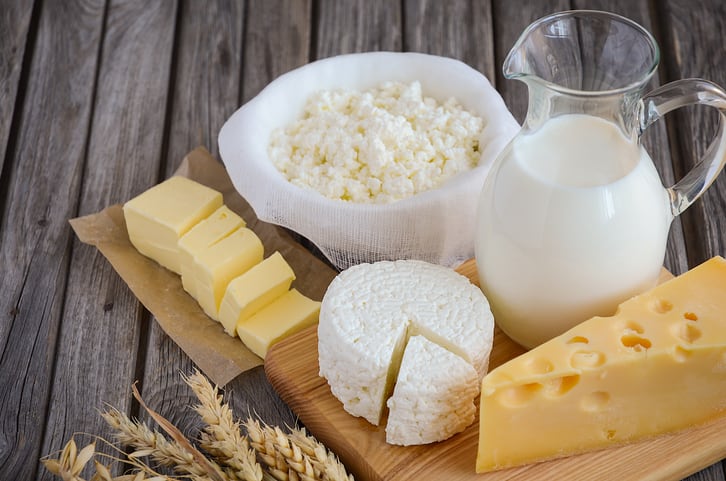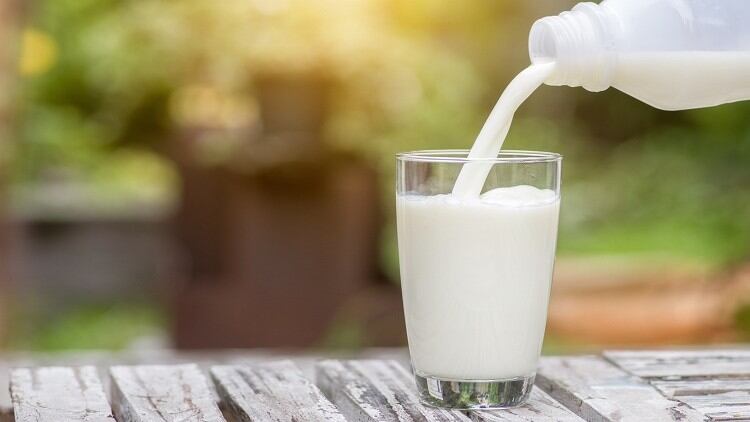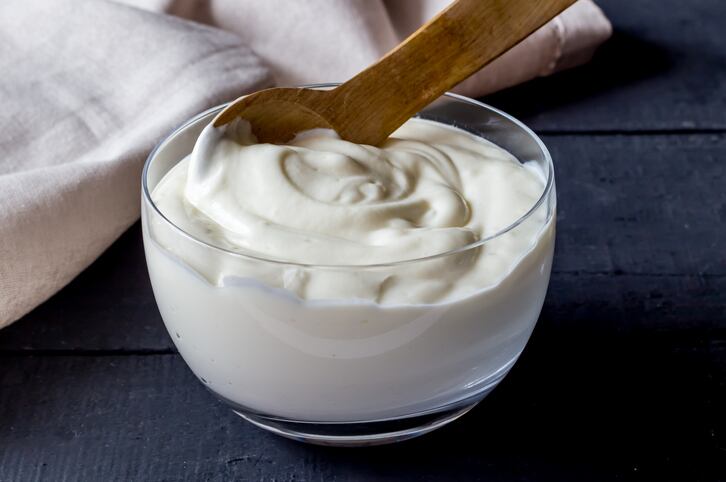For the world largest dairy exporter, dairy export revenue is expected to fall from NZ$20bn (US$14.5bn) in 2019/20, to NZ$19bn (US$13.7) for the year ending June 2021.
It is expected to pick up and hit NZ$20bn in 2021/22, according to an outlook report published by the Ministry for Primary Industries in December 2020.
New Zealand’s Minister of Agriculture Damien O’Connor said the country expects weaker demand for some of its goods, as well as pressure on prices.
Main dairy commodities
Whole milk powder, butter, cream, and cheese make up the main dairy commodities in New Zealand.
Exports of whole milk powder are forecasted to decrease from NZ$7.5 to 7 billion (US$5.4 to 5bn) in 2020/21, butter and cream from NZ$3.3 to 2.7 billion (US$2.3 to 1.9bn), skim milk from NZ$1.8 to 1.7 billion (US$1.3 to 1.2bn), and cheese from NZ$2 to NZ$1.9 billion (US$1.4 to 1.3bn).
However, casein and protein products, infant formula, liquid milk and cream, ultra-high temperature milk, yoghurt, and ice cream exports revenues are anticipated to grow.
Exports of casein and protein products are expected to grow from NZ$1.9 to NZ$2.1 billion (US$1.4 to 1.5bn), infant formula from NZ$1.8 to NZ$1.9 billion (US$1.3 to 1.4bn), and others (liquid milk, UHT milk, yoghurt, ice cream) will see revenue grow from NZ$1.4 to NZ$1.7 billion (US$1 to 1.2bn).
Casein and protein ingredients are typically used as a base ingredient to develop dairy and non-dairy products such as cheese, creamers, ice cream, and protein supplements.
Key markets
The decline in revenue is likely attributed to weaker global dairy prices, as markets continue to deal with the impacts of the COVID-19 crisis by fluctuations in exchange rates and commodity prices.
For New Zealand’s dairy farmers, this is expected to translate into lower farmgate milk prices for the current season.
A farmgate milk price is the price farmers receive from processors for the milk they produce. It varies from season to season, based on the different content in milk components (milkfat, protein).
“Dairy commodity prices weakened significantly at the beginning of 2020, as pandemic induced lock-downs disrupted supply chains and reduced demand for dairy products, particularly in the food service sector. This has now been followed by a recovery in demand, especially from China,” the report wrote.
Luckily for New Zealand, Australia and China are its biggest dairy export markets.
Strong demand from these two countries are expected to support the dairy sector over the medium term.
Besides China (30%) and Australia (7%), NZ’s other dairy export markets include USA (4%), Japan (4%), Malaysia, Indonesia, South Korea, Philippines, UAE, Saudi Arabia, and Thailand.
Primary sector
Overall, New Zealand’s primary sector comprising of dairy, meat and wool, seafood, forestry, horticulture, seafood, arable and processed foods is expected to drop 1% from NZ$48 to NZ$47 billion (US$35 to 34bn) for the year ending June 2021.
This is the primary sector’s first negative growth since 2015.
Most of the sectors are forecasted with declining export revenues, except for horticulture (fruits, wine), arable (seeds) and processed foods (honey, confectionery, condiments).
In November 2020, New Zealand signed the largest free trade agreement - Regional Comprehensive Economic Partnership (RCEP) Free Trade Agreement (FTA). This includes 16 countries from ASEAN, China, South Korea, Japan and Australia.




